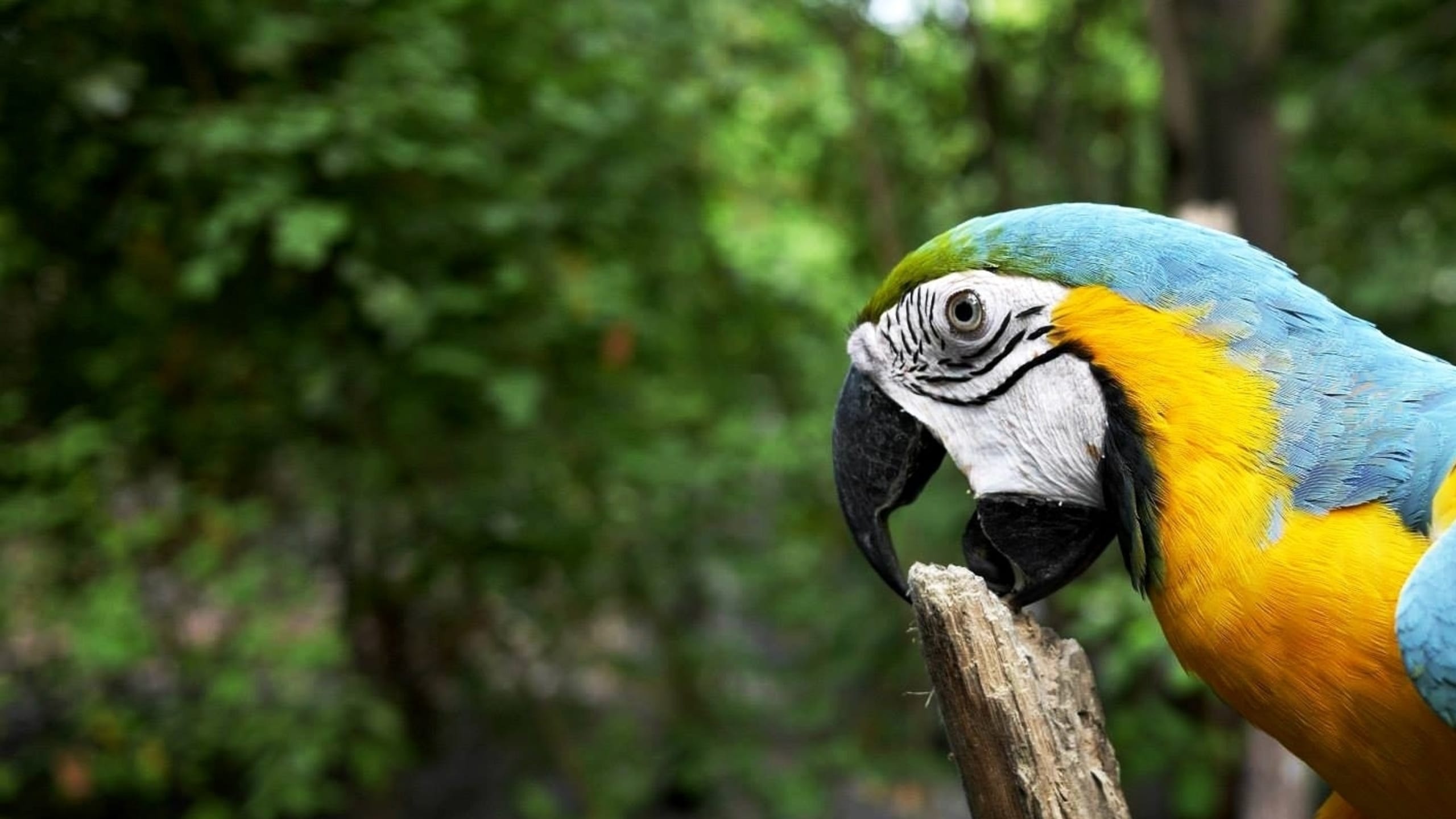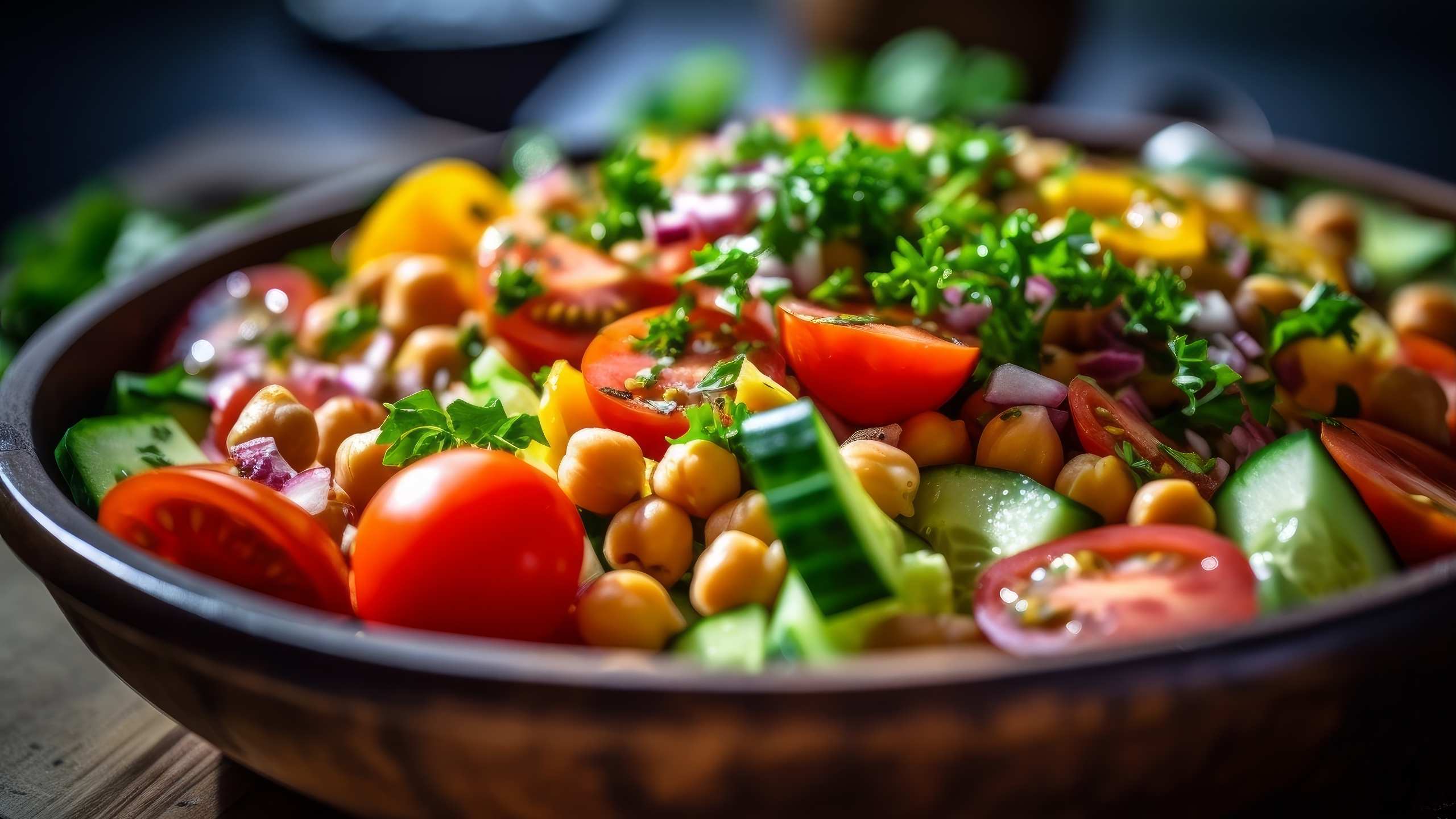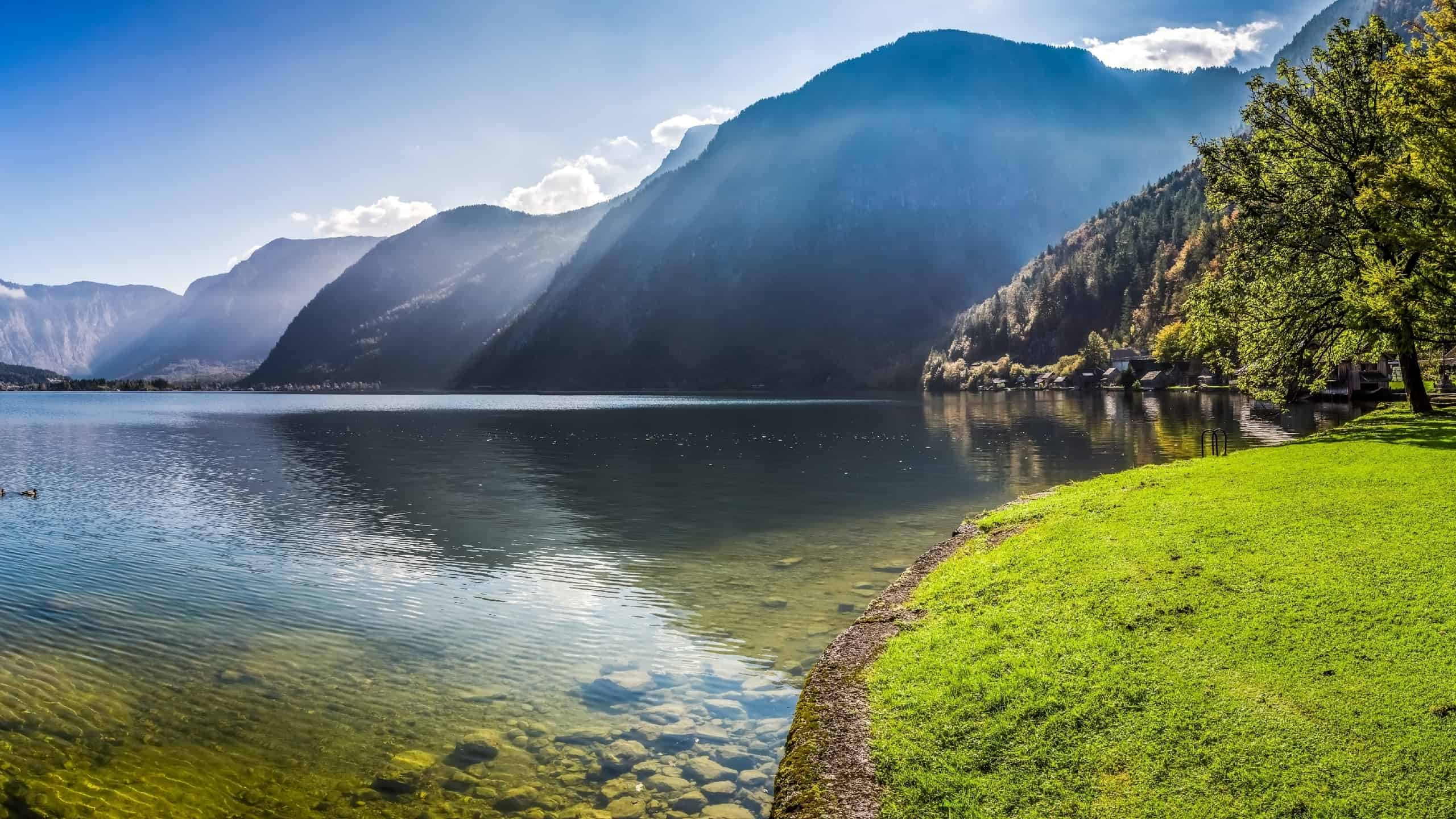
World Environment Day, to be celebrated every day
Every year, on 5th June, we celebrate World Environment Day. It is a reminder that preserving our ecosystems is of major importance, and that there is still much to do to ensure a sustainable future for generations to come. Find out what is at stake.
Preserving the ecosystems — without having to wait for World Environment Day
All of us – human beings, plants, animals, and even the climate and landscape – make up what is known as an ecosystem. It is the relationship between these various elements and organisms that promotes the balance of the ecosystem and sustains life on the planet – a balance that is increasingly fragile and difficult to maintain. The degradation and destruction of ecosystems leads to a loss of biodiversity, with social, environmental and economic consequences.
Let’s face the facts: A study of 2021 by Frontiers in Forests and Global Change revealed that only 3% of all ecosystems on the earth remain ecologically intact, meaning that the remaining 97% have undergone some human intervention. In turn, the 2019 UN Global Biodiversity and Ecosystem Assessment Report have found nearly 1 million species under threat of extinction. Protecting our ecosystems is no longer enough; we also need to restore the ones we have damaged.
To find solutions, the UN Decade on Ecosystem Restoration, which will occur until 2030, began in 2021. This initiative, tightly linked to Sustainable Development Goals of the 2030 United Nations Agenda, aims to achieve the recovery of 350 million hectares of degraded ecosystems and soils – equivalent to India in size – which in turn can prevent the emission of up to 26 billion tonnes of greenhouse gases.
The motto for World Environment Day 2024, the 51st anniversary of the date, is #GenerationRestoration. The aim is to alert and involve new generations in restoring the environment.
What benefits do we get from ecosystems?
Before we take action, let’s remember the importance of preserving ecosystems. There are three ecosystem services that are essential to human beings – and which we sometimes use (and abuse) with little thought, jeopardising their future availability.
- Provisioning services: it is from nature that we derive everything related to our subsistence, such as agricultural and livestock production, fresh and drinking water, raw materials such as wood and fibres, among others.
- Regulating services: a balanced and functional ecosystem that provides us with the services mentioned above is possible, for example, through actions such as pollination, temperature regulation and carbon sequestration and storage.
- Cultural services: ecosystems can also be part of the cultural identity of a given region, providing tourist and recreational activities, such as the simple act of watching a sunset or skiing.
How to protect and restore the ecosystems?
Only 26.4% of the European Union land are covered by protected areas. When it comes to marine environments, the protected area drops to 12.1%. The conservation and restoration of ecosystems is essential, but how to help?
-
Coasts, freshwaters and oceans
The restoration of coasts, freshwaters, and oceans mostly relies on cleaning these areas, replanting lost vegetation at the surface and underwater, and regulating the access to aquatic resources.
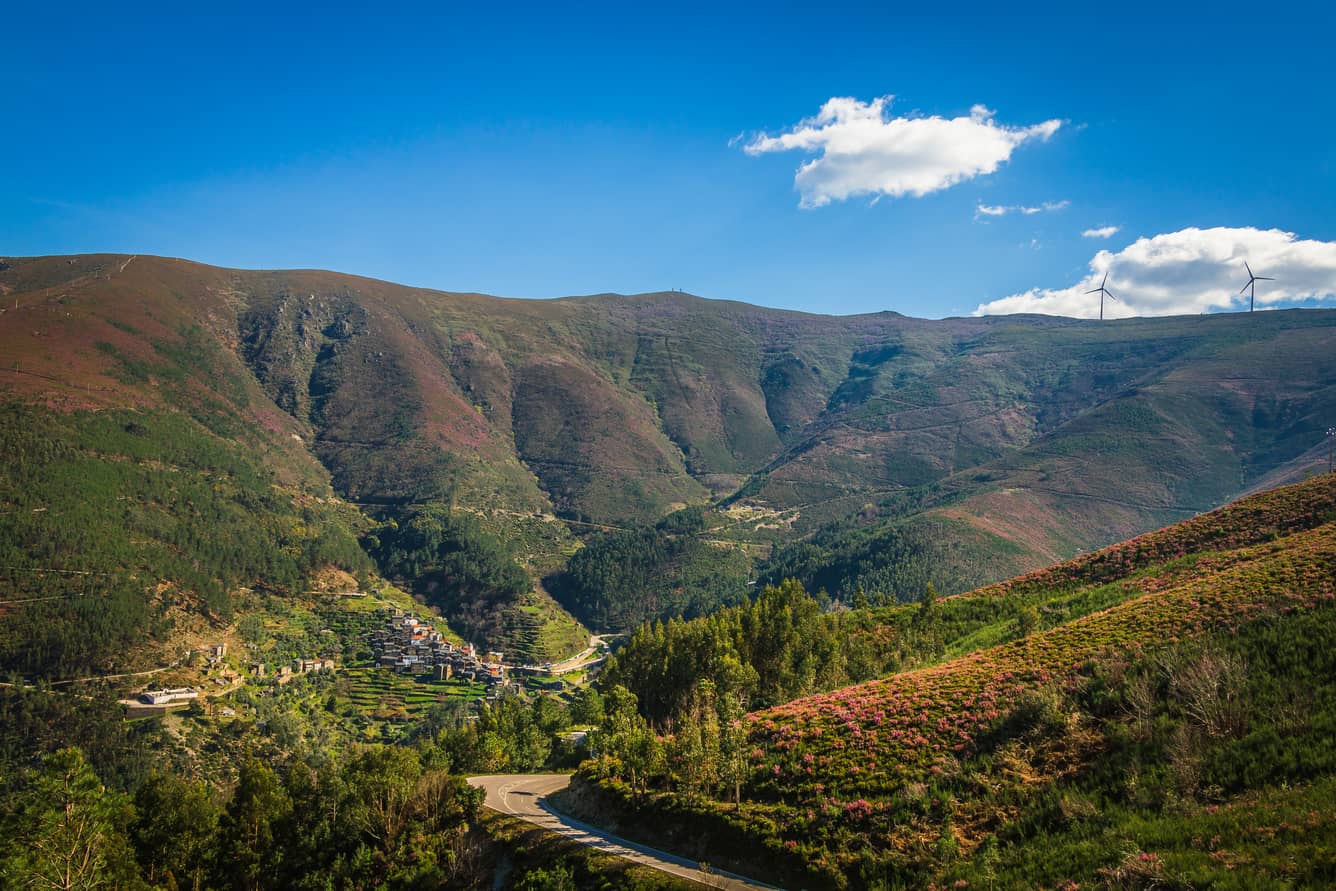
-
Forests and mountains
Forests and mountains need more trees and diverse native vegetation that serve not only to protect the soil, but also to safeguard waterways, as well as to protect these and other ecosystems from natural disasters.
Get to know the reforestation project of Serra do Açor.
-
Farmlands
Farmlands suffer from a lack of biodiversity, pesticides and toxic fertilizers, and erosion of soils by farming exploitation, among others. The introduction of more diversified crops and the use of ecologic fertilisers and natural pest control is a way to restore these types of ecosystems. Did you know that ladybirds are a natural solution for pest control?
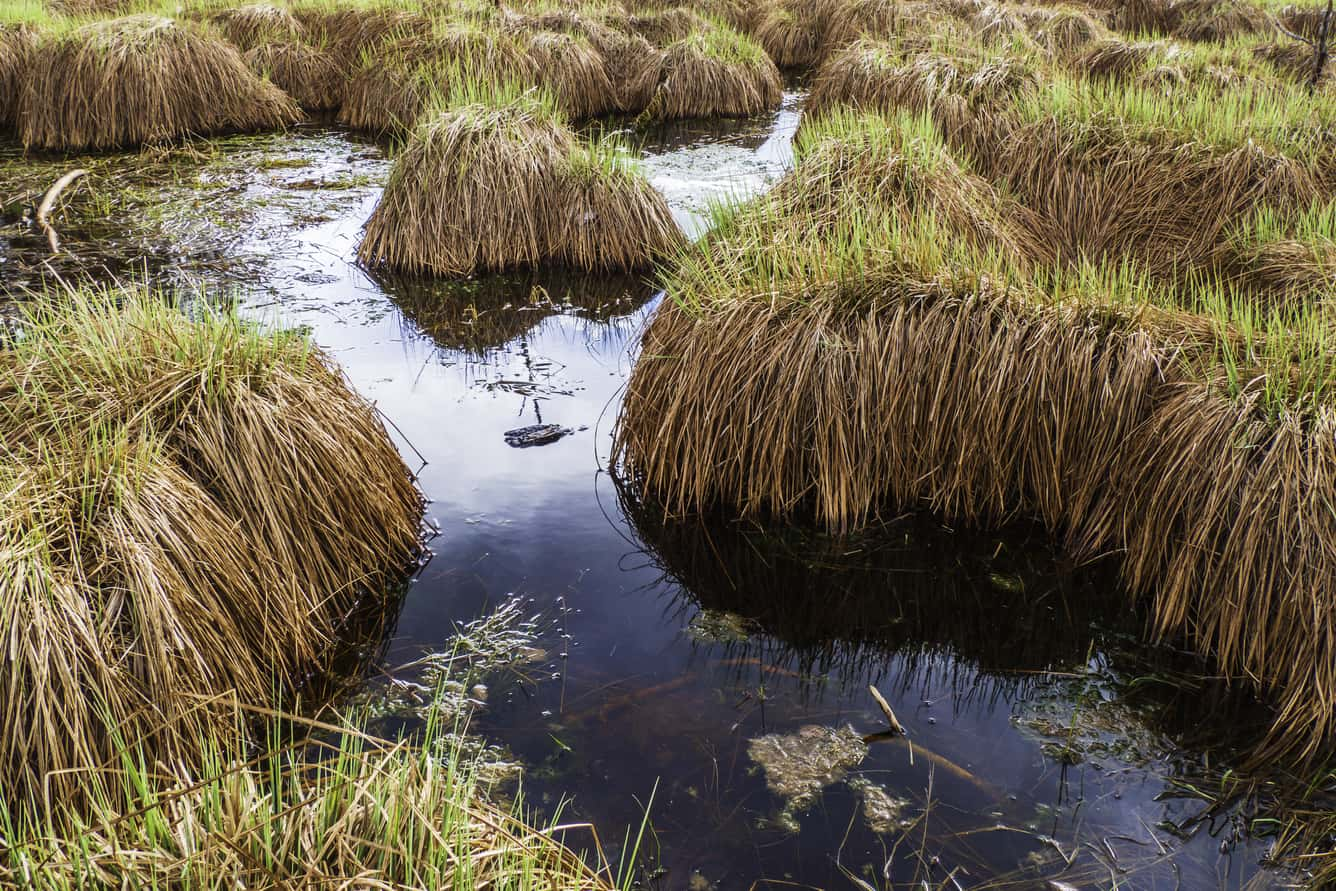
-
Peatlands (aquatic ecosystems)
Peatlands, unique aquatic ecosystems to which several rare species call home, are another example of vital ecosystems for the planet. Although they represent only about 3% of the Earth’s land area, they have a great capacity to store carbon. Peatlands are being drained and converted into agriculture, mining, and oil and gas exploration areas.
-
Urban areas
Urban areas also need more green spaces, more micro-ecosystems such as pollinator-friendly gardens, or the reintroduction of native species in public and private areas. Get to know the story of the council of Brent (London), which created an 11-kilometre “bee corridor” to help attract bees and other pollinators.
Become part of #GenerationRestoration with these seven tips
All little actions count. Like a small change in your lifestyle, for instance. Follow our tips on how to protect the planet’s ecosystems every day, starting on the World Environment Day:
-
Choose local and certified products
Whenever possible, choose products, food and otherwise, with sustainability certifications; buy from local producers in order to promote the local economy and reduce the environmental impacts associated with transporting products.
-
Embrace minimalism
Do you really need more clothes and more gadgets? It is possible to renew your wardrobe in a sustainable way. Try donating what you no longer use to second-hand institutions or stores, and repair and reuse, share and borrow. It does not cost anything.
-
Have a healthy diet
Eat more vegetables and low-processed foods and reduce food waste. Consume seasonal, local and biological products – even if it doesn’t seem like it, this significant small action will reduce pollution and the use of pesticides and fertilisers that degrade agricultural areas and aquatic ecosystems.
-
Use less plastic in your daily life
When you go shopping, opt for reusable solutions, such as raffia bags, or choose products that have undergone an eco-design process for their packaging. Say ‘NO’ to single-use plastic and join the zero waste movement.
-
Separate waste properly
Firstly, remember not to pollute forests and water resources – or any other space. Then put each material in its own recycling bin. This is essential so that plastic, in particular, gets its due treatment. But as well as recycling, there are other important Rs for the environment. By the way, do you know what composting is?
-
Avoid waste
Whether it’s wasting food, wasting water or wasting energy, don’t use or consume more than you need. You’ll be saving the planet’s resources and avoiding greenhouse gas emissions.
-
Spread the word and do your part
Show your friends and family resources, ideas, activities, or resolutions to help them understand the urgency of adopting a more environmentally friendly lifestyle and to reduce the ecological footprint. Get your children involved in forest or beach cleaning activities, for example, or help your parents understand the importance of recycling. If you can, support projects that protect endangered animals and plants.
Celebrate World Environment Day every day.
